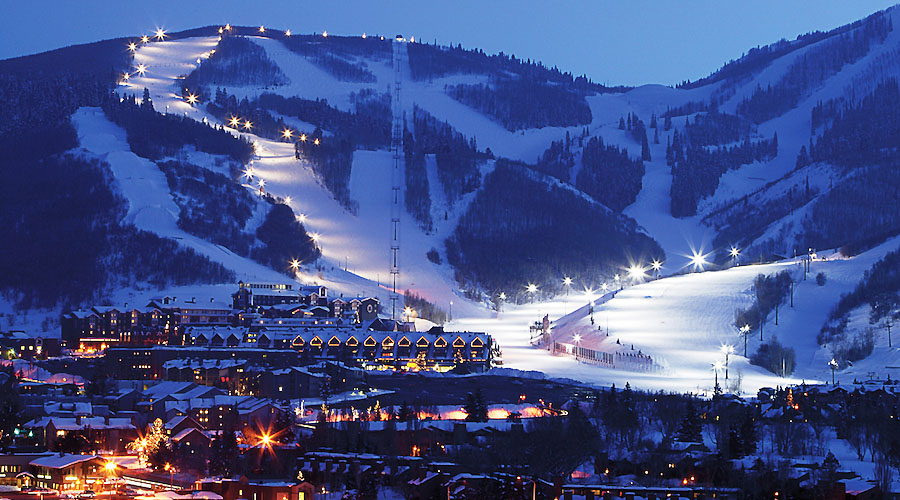Vail Resorts, Inc. has reported that interim season-to-date (STD) total skier visits were down 16.2 percent through January 7, compared to the prior-year STD period through January 8, 2023.
Season-to-date total lift ticket revenue, including an allocated portion of season pass revenue for each applicable period, was up 2.6 percent compared to the prior-year STD period.
STD ski school revenue was up 5.0 percent, and dining revenue was down 5.8 percent compared to the prior-year STD period. Retail/rental revenue for North American resort and ski area store locations was down 13.3 percent compared to the prior-year STD period. The figures are part of a release of data by Vail Resorts that reported certain ski season metrics for the comparative periods from the beginning of the ski season through January 7, 2024, and for the prior-year period through January 8, 2023.
The reported ski season metrics are for the company’s North American destination mountain resorts and regional ski areas, excluding the results of the Australian ski areas and Andermatt-Sedrun in both periods.
Given the challenging conditions to start the 2023/24 North American ski season, Kirsten Lynch, CEO of Vail Resorts, said, “We are pleased with our season-to-date results and the guest service delivered at our resorts, highlighting the stability provided by our season pass program and the investments we have made in our resorts and employees.”
Lynch stated that conditions across the company’s North American resorts through the holiday period ended January 7 were below average in all regions compared to the strong early season conditions in the prior year period leading to a decline in local and destination skier visitation.
“The unfavorable conditions impacted all of our North American resorts, and particularly our Eastern U.S. (comprising the Midwest, Mid-Atlantic and Northeast) and Tahoe resorts, which were impacted by limited natural snow and variable temperatures that resulted in delayed openings, reduced terrain offerings, and select resort closure days through the holiday period,” Lynch continued. “Although the conditions negatively impacted visitation across our North American resorts, particularly among our local guests, our season pass sales results significantly mitigated the impact of the slower start to the season on overall lift revenue and highlight the stability created by our advance commitment strategy. Despite the decline in season-to-date visitation relative to the prior year period, we are pleased with the strength in ancillary spending per visit across our ski school, rental, and dining businesses.”
As a result of the challenging conditions through the holiday period, Lynch said that season-to-date guest visits and revenue were below expectations in North America.
“The majority of our North American resorts experienced significant snowstorms leading up to and over the Martin Luther King Jr. holiday weekend, which impacted the guest experience but also led to recently improved conditions across our resorts,” she suggested. “Based on our significant base of pre-committed guests through advance commitment pass products and an improvement in conditions across our resorts in recent weeks, we now expect that Resort Reported EBITDA for fiscal 2024 will be in the lower half of the guidance range issued on September 28, 2023.”
Lynch said that the company’s guidance assumes a continuation of the improvement in conditions at its North American resorts are currently experiencing, normal weather conditions for the remainder of the 2023/24 European ski season and the 2024 Australian ski season, a continuation of the current economic environment, and the foreign currency exchange rates as of the company’s original September 2023 guidance.
“We are looking forward to the remainder of the season given the recently improved conditions, the investments we have made to continue elevating the guest experience, and the stability provided by our season pass program,” Lynch added.
Basis of Presentation
The reported ski season metrics include growth for season pass revenue based on estimated fiscal 2024 North American season pass revenue compared to fiscal 2023 North American season pass revenue. The metrics include all North American destination mountain resorts and regional ski areas and are adjusted to eliminate foreign currency’s impact by applying current exchange rates to the prior period for Whistler Blackcomb’s results.
The data mentioned in the report is interim period data and is subject to fiscal quarter-end review and adjustments.
Image courtesy Vail Resorts















